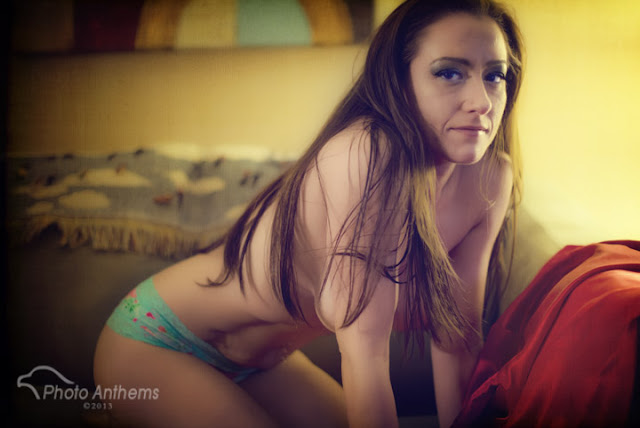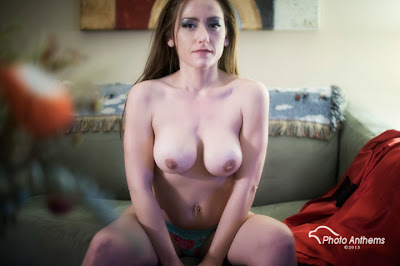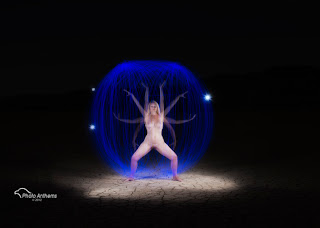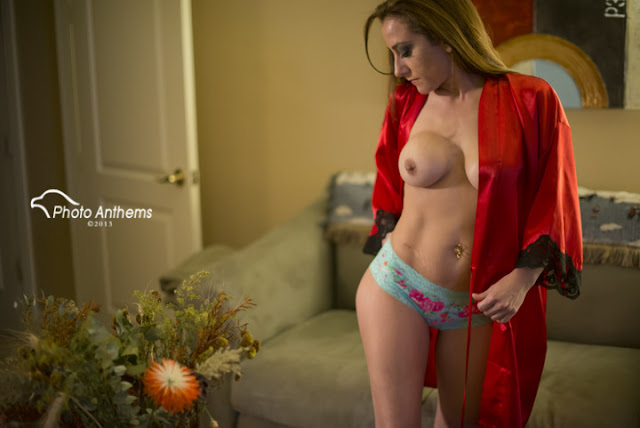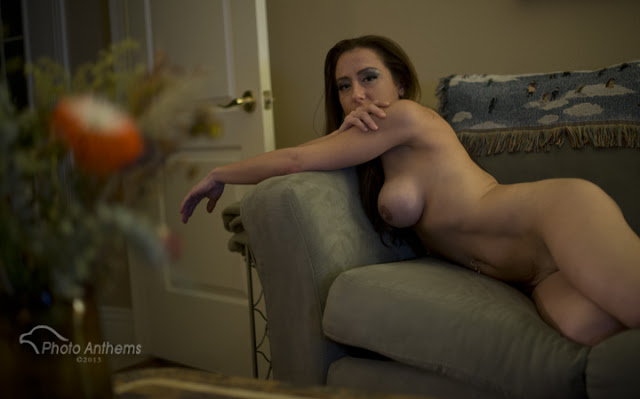“Black and white are the colors of photography. To me they symbolize the alternatives of hope and despair to which mankind is forever subjected.”
- Robert Frank
 |
| Art Model, Alethea ©2013 Terrell Neasley |
But when we usually refer to making photos artistic, we are mostly referring to turning them black and white. This is a style. And why do we do this? There are several reasons. Mainly its the aesthetic appeal of vintage artwork, which is once again the trendiest way to shoot. Case in point, Instagram. Half the images we see now-a-days are posted with Instagram retro or lomo(graphy) filters overlaid on top of the image to give it an old feel. Old has become new again.
 |
| Art Model, Alethea ©2013 Terrell Neasley |
Remove color information and what remains are the truisms that make up the photograph. Don't get me wrong. There are times color information is paramount. Try shooting a playground in Black and White. Information is missing and which leaves the story incomplete. Shooting a redhead in B&W might even be considered a crime. However street photography is big on black and white. Distractions are reduced. You see the raw mood of the scene and are able to interpret the composition without internalizing it. Sometimes what you see can be painful, but you are able to disassociate it from yourself. Ever look at portraits of homeless people? This was a big trend of artistic work at one point. The natural tendency was to convert automatically to B&W. The pain on the faces...the grittiness of the subject...the desolation, all this was captured much the same way we tend to like shots of abandoned buildings and other facets of decay. The addition of color for human subjects might make you feel guilty for admiring the work or for not doing something to help.
"Life is like a good black and white photograph, there's black, there's white, and lots of shades in between."
- Karl Heiner
 |
| "Who-Panda", Art Model Panda ©2013 Terrell Neasley |
I used to develop my own film and prints in a darkroom. There was NEVER a shot that was perfect from capture. Some burning (darkening) and dodging (brightening) was always necessary. It was a craft and a true art. The same holds true in digital. I use Nik Silver Efex because it is the closest software to a darkroom that I have ever used. I've tried several. Nik does it best for me.
 |
| Art Model, Panda ©2013 Terrell Neasley |
And then there are the film-purist photogs who do not shoot digital. These guys will stick to film as long as they can still buy paper, film, and the chemicals to process them. In more cases than not, they are shooting pro-grade B&W film, usually a Tri-X or a TMAX brand. I have no clue what will happen to these guys once film is no more. I am one of those who actually loved the darkroom. It was a sort of sanctuary to me. I'd usually have silence in the near darkness. I'd actually develop my film with my eyes closed most of the time. Doing the prints usually required a light, called a safe light that would not destroy prints during development.
Why do we still like monochrome? In a nutshell, it tells the story oftentimes much better. It maintains a timelessness that is unique to us. And the versatility of it is useful in just about any important situation. Black and White is simple. Its beautiful and unencumbered. And remember, Black and White is not just black and white, but also every shade of gray in between.
